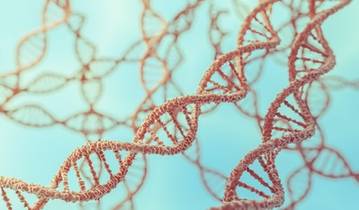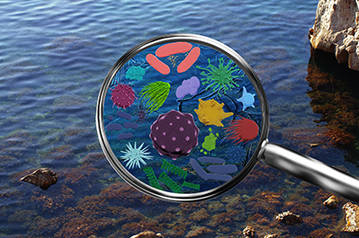
Navigation
- Home
- Services
- Microbial Diversity Analysis – 16S/18S/ITS Sequencing
- Metagenomics
- Microbial Whole Genome Sequencing
- Microbial Identification
- Microbial Characterization
- Microbial Functional Gene Analysis
- Microbial Epigenomics
- Antibiotic Resistance Genes (ARGs) Analysis Solution
- Microbial PacBio SMRT Sequencing
- Microbial Nanopore Sequencing
- Microbial Transcriptomics
- Microbial Bioinformatics
- Other
- Microbial Metabolomics Analysis Service
- Solutions
- Microecology and Human/Animal Health
- Environmental Microbiology Solutions
- Agricultural Microbiology Solutions
- Pharmaceutical Microbiology Solutions
- Industrial Microbiology Solutions
- Microecology and Cancer Research Solutions
- Microecology and Biofilms
- Pathogen Sequencing Solutions
- Environmental DNA (eDNA) Analysis Solution
- Products
- Resource
- Company
- Sample Submission Guidelines


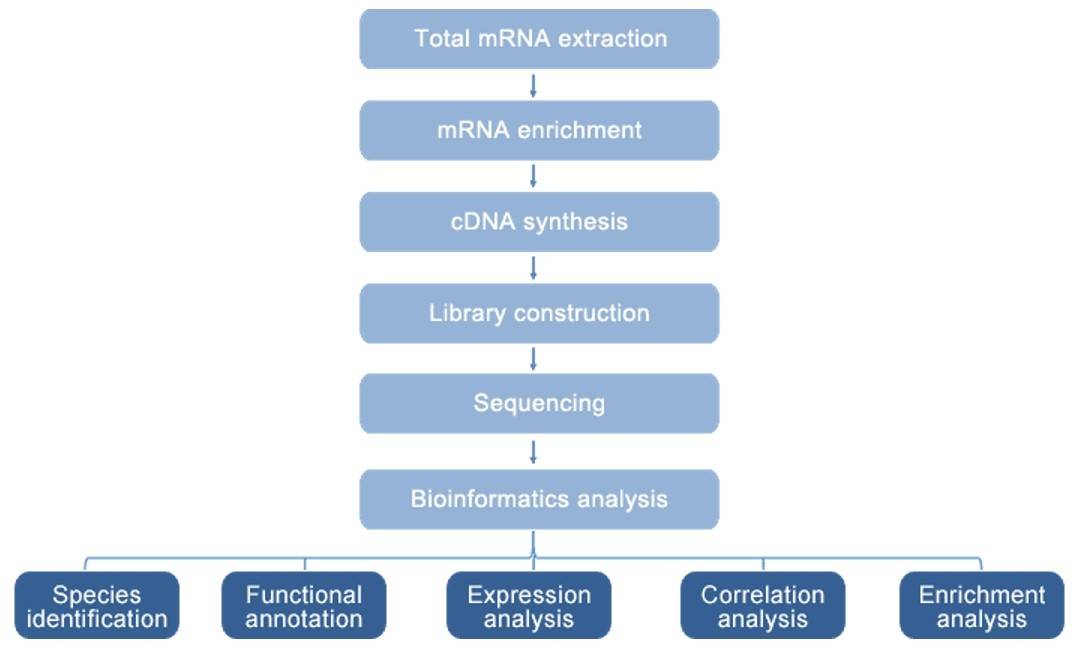
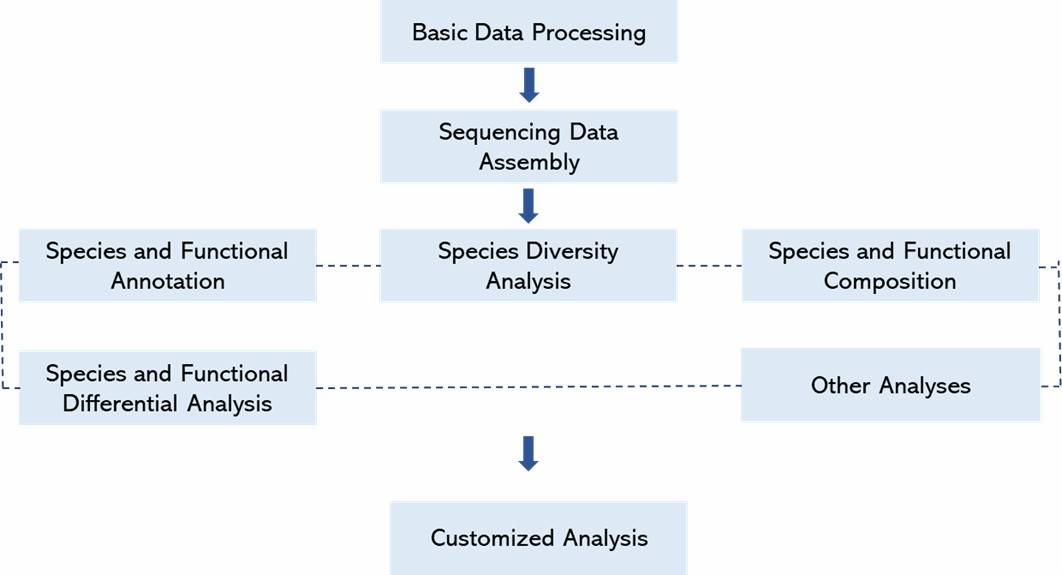
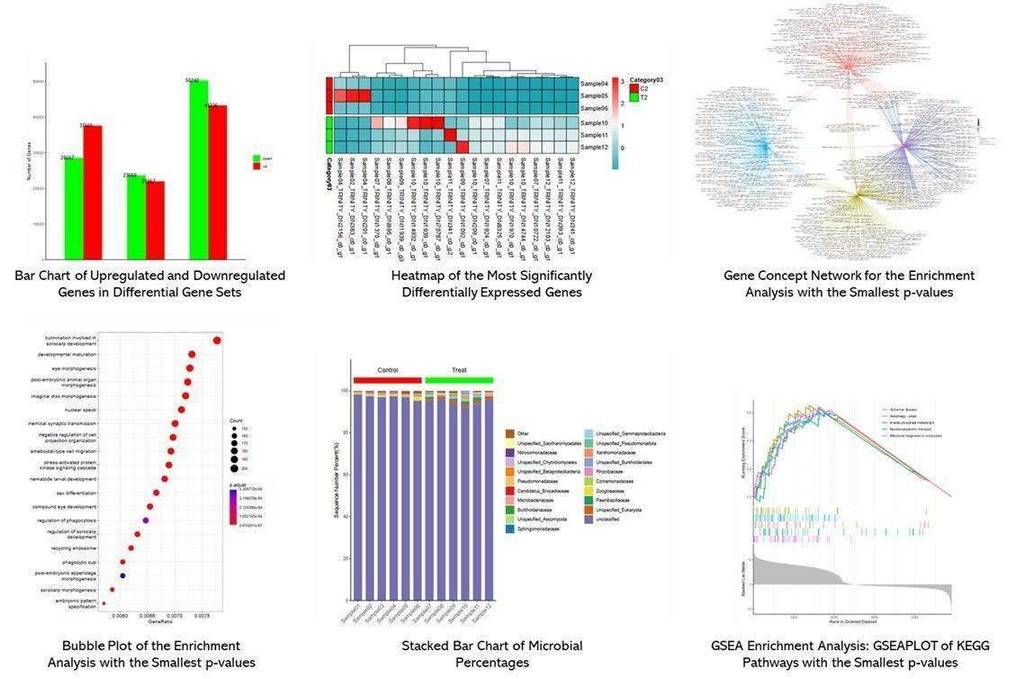

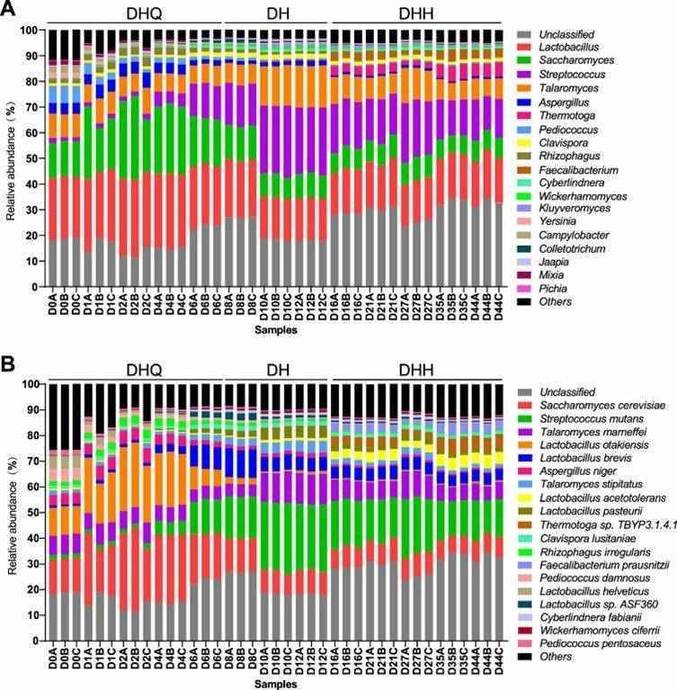 Figure 1. Composition of the active microbial community in light-flavor liquor fermentation.
Figure 1. Composition of the active microbial community in light-flavor liquor fermentation.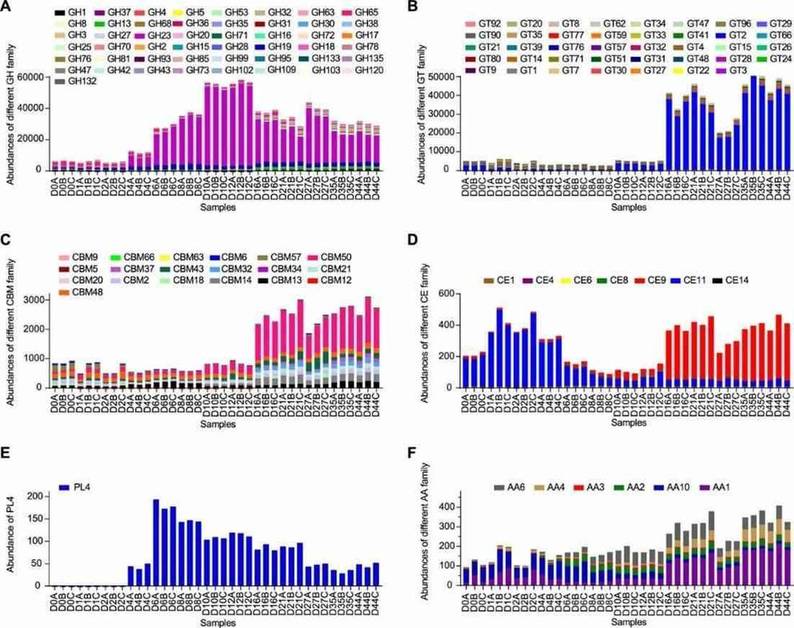 Figure 2. Abundances of the different carbohydrate-active enzyme families in light-flavor liquor fermentation.
Figure 2. Abundances of the different carbohydrate-active enzyme families in light-flavor liquor fermentation.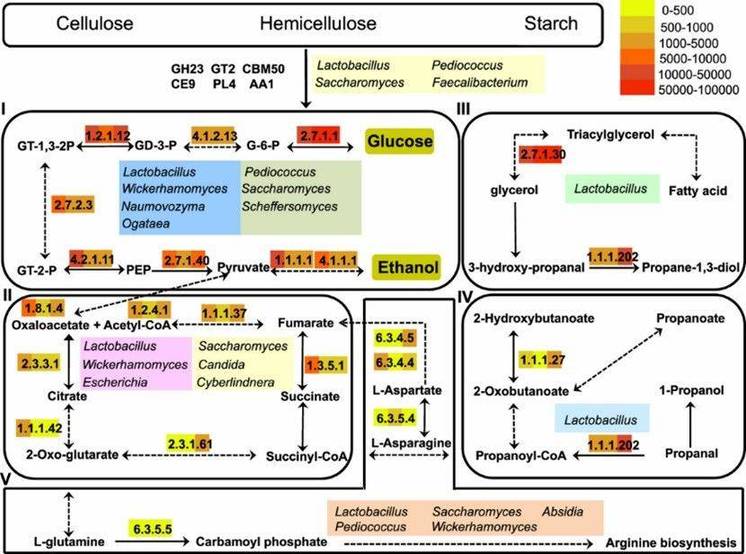 Figure 3. Functional model of carbohydrate hydrolysis, ethanol production, and flavor generation in light-flavor liquor fermentation.
Figure 3. Functional model of carbohydrate hydrolysis, ethanol production, and flavor generation in light-flavor liquor fermentation.